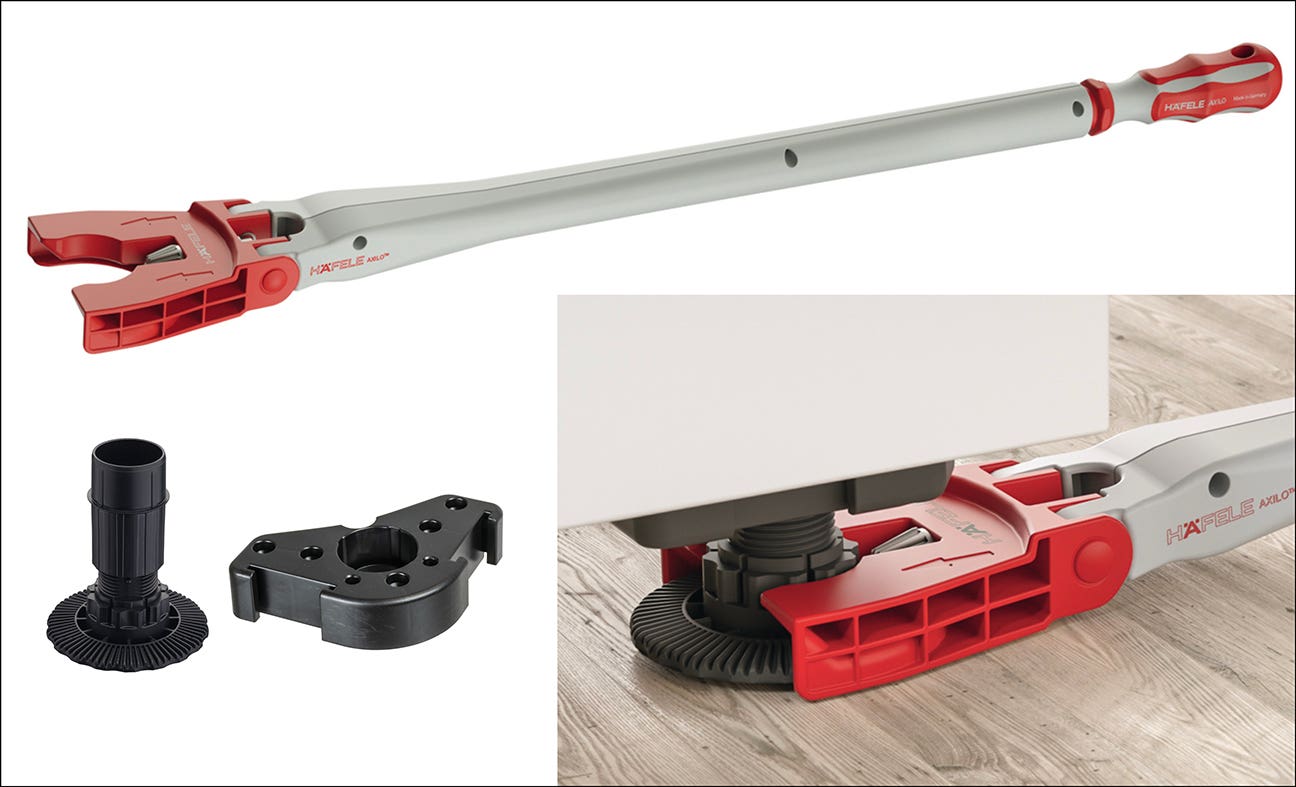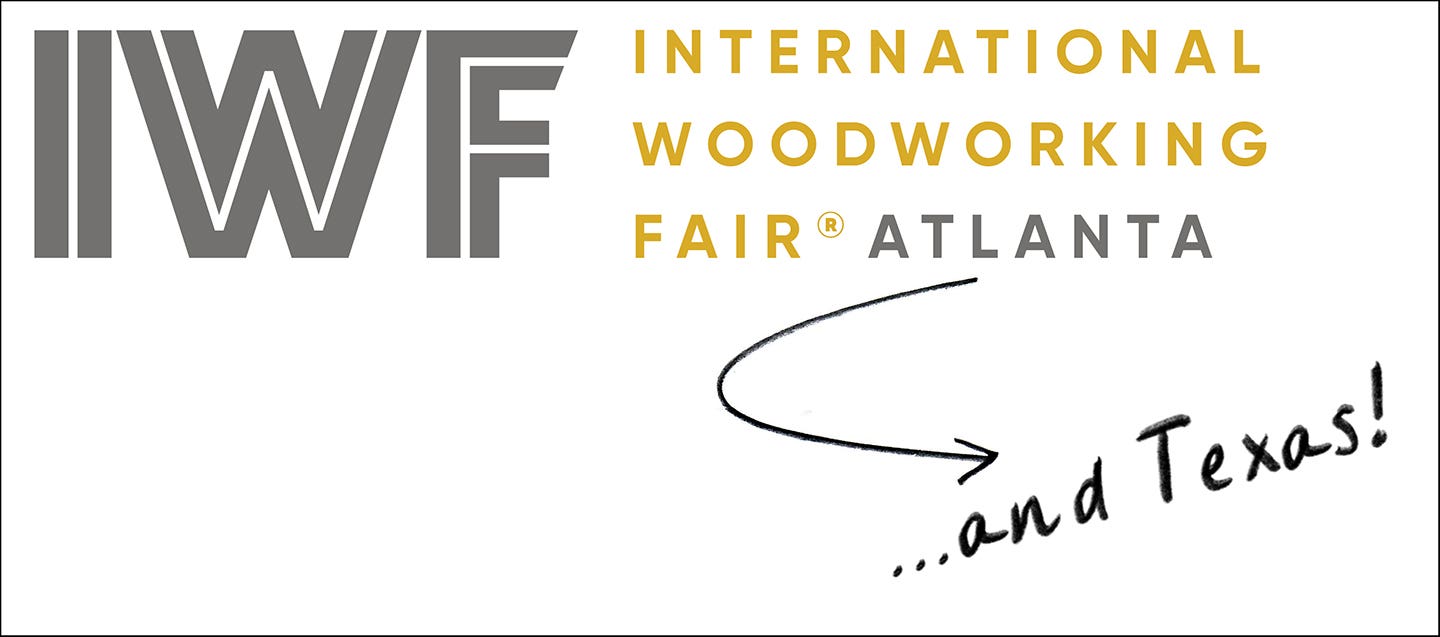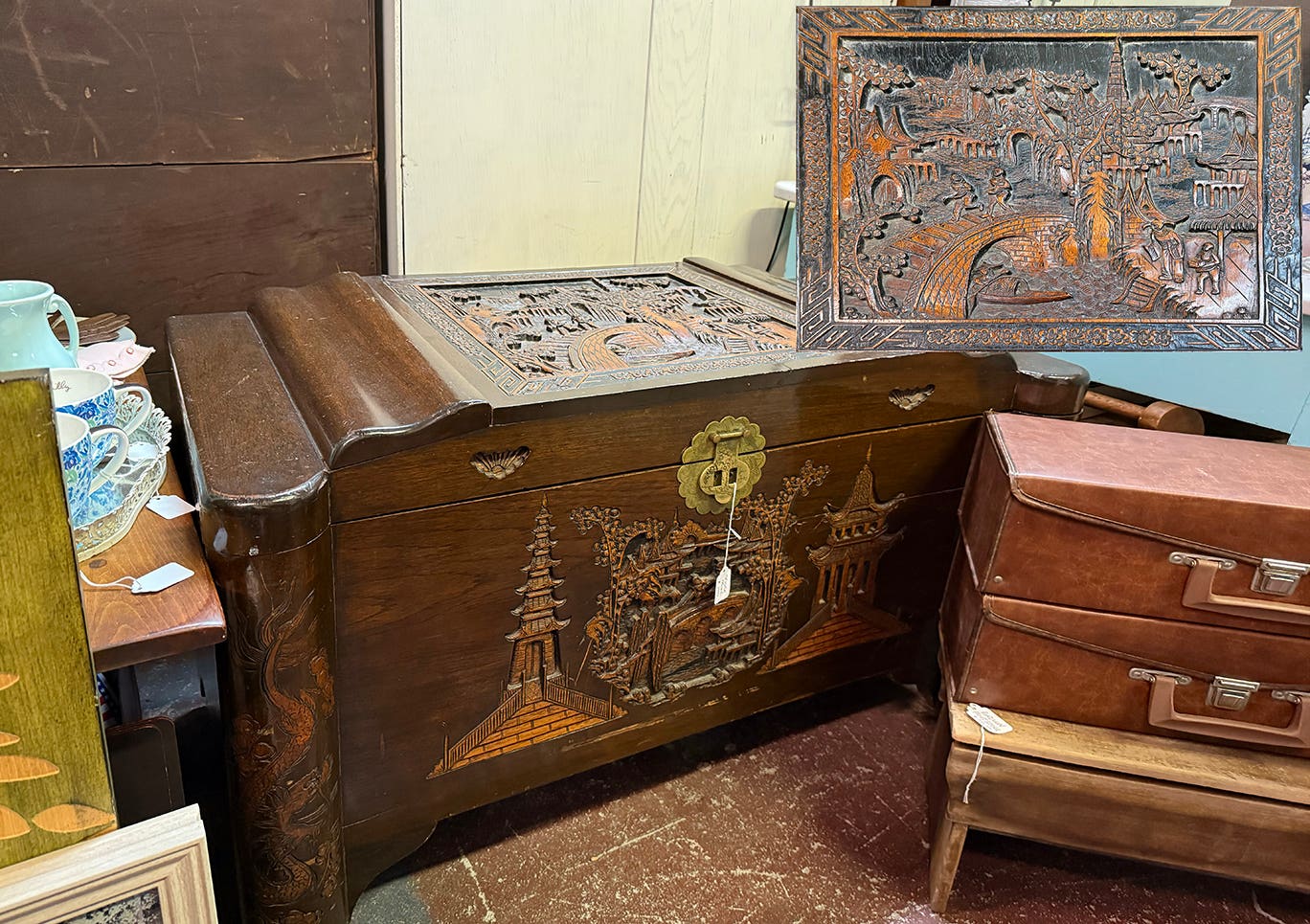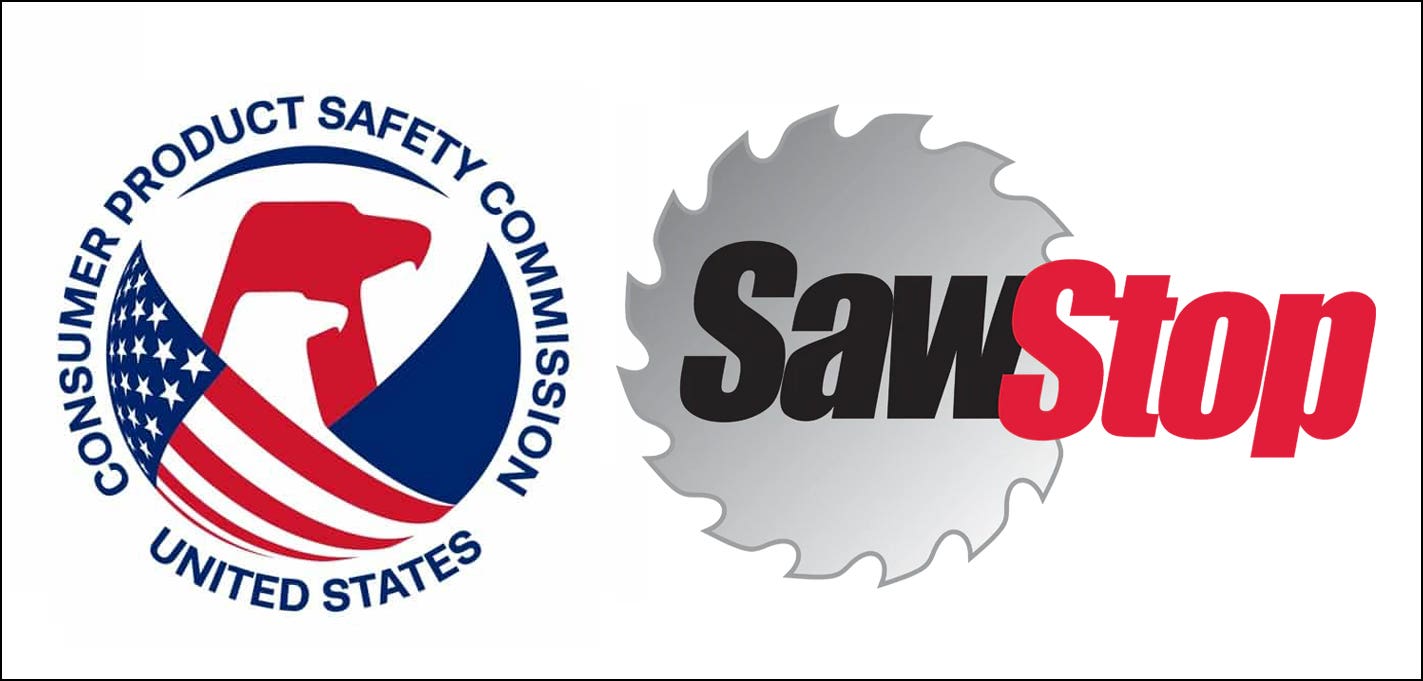A simpler system will lower your costs
Product-line design will create a path that leads consumers to products that meet their needs and increase your sales Many small woodshops full of equipment and with access to lumber…
Product-line design will create a path that leads consumers to products that meet their needs and increase your sales
Many small woodshops full of equipment and with access to lumber and plywood from their local distributors miss out on many opportunities to sell products because of higher prices than customers want to pay and because they cannot turn jobs fast enough for customers.
It is possible to reduce costs and get jobs out the door faster by using two business strategies most shops overlook in the areas of design/marketing and purchasing.
Create product lines
A more economical method of designing products for customers is to create product lines in advance of customer contact and lead the prospects through the decision-making process along paths that you have carefully thought out. Most woodworking products actually have relatively few design options, so if you create decision paths for customers, they can typically "self-design" their purchase and greatly reduce the amount of time needed to help them decide.
For example, a shop making interior doors can develop a product line and engineer the style and sizes in advance of their offering. Using 3-D design software, such as Google's SketchUp, the shop can create printed and digital catalogs that prospects can review and then make their selections. In most cases, a well-planned product line will include 90 percent of the desired options and little additional work will be needed to get the job into production.
Buying on the cheap
In today's lumber market, there is a real bargain in buying the minor Eastern hardwood species, like beech, sycamore, sweet gum, black gum, tupelo, hackberry and wormy red maple. These species wholesale at the sawmill for less than $500/mbf (FAS/green) in truckload quantities. A commercial operation could charge $200/mbf for kiln drying, so it is possible to obtain 10,000 bf of mixed hardwoods in the FAS grade for $1/bf or less.
Typically, mills have poor markets for these species and simply dump them as mixed hardwood pallet lumber that wholesales for about $300/mbf. Upholstered furniture plants will buy a slightly higher grade of mixed hardwoods at about $400/mbf. To buy at the sawmill, a shop needs to be clear about the grades and volume needs, as well as the species accepted. Modern sawmills often cut 10,000 to 15,000 bf per hour so they are only interested in buyers of truckload quantities. The more species you find acceptable, the better your buying opportunities. It is possible, depending on your region, to find additional species at the local sawmill, such as aspen, birch, box elder, elm and locust.
Product requirements
Practically every shop product can fit within a product-line design and manufacturing strategy. Cabinets, furniture and millwork can all be designed in advance with lots of options typically requested by customers. Of course, there are practical limits to what shapes and dimensions can be offered. For example, if you were to offer 10 edge shapes on tops, that should be more than sufficient. Custom options at additional charges could apply for changes beyond the standard offerings.
Using standard dimensions for components offers great material savings as well as faster processing. It is possible to stock standard-width rip strips and glued panels when making doors and face frames, for example. One should not cut rough lumber for parts that are made on an everyday basis.
A checklist
It is best to plan ahead on how the whole product line will relate between products in an effort to better serve the customer in terms of quality, price and delivery time. Specific things to consider:
- Look at how products meet actual customer needs
- Plan ahead on how to add features wanted by customers
- Look for opportunities for standardization and the use of common parts in the design to improve yields, reduce inventory stocking levels, reduce processing time and costs, etc.
- Plan ahead on how to eliminate setup costs in the shop, fixtures, CNC programs, etc.
- Plan ahead on how to reduce costs in the field for installation and maintenance
- Set a system of organizing the product line so a menu is created where customers can self-direct much of the design process to reduce the need for in-house design staff resources and costs
- Use spreadsheets to design products from dimensional inputs
System advantages
The product-line design system will create a path that will lead customers to products that meets their needs, they want to buy, and are affordable. While not every wish can be met with a product-line design system, wanted items not currently in the system are often the next option to add.
The time savings in marketing for the shop can be very significant. It is possible for the customer to self-design most cabinet, furniture or millwork products. Putting up the shop's products in a menu-picking format in a catalog or on the Internet can work as 24/7 marketing and design without the shop incurring employee costs.
The menu-picking format also allows for immediate pricing when formulas are created that operate off the item's dimensions and order quantities. Immediate pricing can be a boost to getting deposits and writing orders, thus supporting more sales and higher profitability.
Real-world example
I created a line of modular stackable storage units for a couple shops struggling with sales during the current recession. This line could be sold at public events in order to make new contacts with local homeowners and to offer some quick cash sales.
This is a very simple product line with essentially three types of manufactured parts: end panels, back and an adjustable shelf. A 12" wide top is offered in lengths customers would find useful. These modular stackable units come in one depth (12"), one height (12") and in four widths (6", 8", 12" and 16"). The 6" and 12" units interchange in a modular format as does the 8" and 16" units.
Quarter-inch dowels connect the modules vertically and metal shelf pins support the adjustable shelve. There's a bevel edge on the end panels, but square and rounded edges could also be offered and not made until an order is received. The end panels and shelves have an edge-glued lumber, while the back is 1/4"-thick veneer plywood or hardboard.
Using minor species FAS hardwood lumber at $700/mbf and reasonably priced hardboard and plywood panels, it is possible to make the 12" x 12" x 12" storage unit with a material cost of about $8 each. Machining is likely best using manual equipment, while making fixtures will speed setup and changeover times.
In summary, you can meet the needs of more sales at higher profit margins by using the minor Eastern hardwood species when buying in truckload quantities. Converting your design system from everything custom to a product line system will offer lots of opportunity to grow sales and lower your design and marketing costs.
Harry Watt is an extension agent for North Carolina State University, assisting value-added manufacturers with profitability.
This article originally appeared in the October 2009 issue.
A.J. Hamler is the former editor of Woodshop News and Woodcraft Magazine. He's currently a freelance woodworking writer/editor, which is another way of stating self-employed. When he's not writing or in the shop, he enjoys science fiction, gourmet cooking and Civil War reenacting, but not at the same time.







